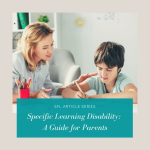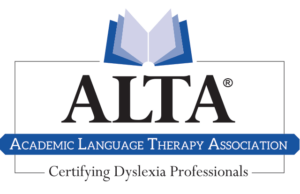No products in the cart.

How to pay for college is a one of the most common questions we’ve hear from parents preparing their teens for the next step in their academic journey. Well, how do you navigate the financial landscape of college? Fear not! We’ve put together a comprehensive guide that demystifies scholarships, financial aid, and a step-by-step checklist to conquer the FAFSA. Let’s jump right in!
Pay for College with Scholarships
Scholarships are your ticket to an affordable college education. Think of scholarships as the magical gifts that keep on giving, requiring no repayment. The good news? There are thousands waiting for the perfect match. Here are some avenues to explore:
- Local Scholarships: Whether you’re into community service, sports, or the arts, local businesses, non-profits, and community foundations might just have your back.
- Merit-based Scholarships: Showcase your academic, sports, or artistic prowess to unlock doors to incredible opportunities.
- Career-specific Scholarships: Tailored to your chosen path, these scholarships align with your grand career goals.
- College-specific Scholarships: Many colleges dangle enticing incentives to attract bright minds like yours.
- Bursaries: Often overlooked, these need-based scholarships offer free money. Who doesn’t love that?
- The Odd and Unique: Discover offbeat scholarships like the Chick and Sophie Major Memorial Duck Calling Contest Scholarship that align with your quirky talents.
And hey, don’t forget to explore scholarship databases like Fastweb or Scholarships.com. Remember, the early bird gets the worm, so kickstart those applications ASAP!
Pay for College with Financial Aid
While scholarships work wonders in easing the financial burden, most families will also need to consider financial aid. Here’s a nifty checklist to guide you through the maze:
- Prepare Your Documents: It’s like assembling your superhero gear—gather tax returns, W-2s, bank statements, and records of investments or untaxed income.
- Create an FSA ID: Both you and your parents need this for the electronic FAFSA form submission. Teamwork makes the dream work!
- Complete the FAFSA: Unlock federal grants, loans, and work-study funds by opening the FAFSA on October 1st.
- Review Your SAR: Receive a Student Aid Report summarizing your provided information after submission.
- Apply for State and College Aid: Explore state and college-specific financial aid programs to maximize your options.
- CSS Profile for Extra Sparkle: Some schools require this for non-federal aid, adding that extra glitter to your financial aid application.
When and How to Apply to Scholarships and Financial Aid
Early Bird Gets the Worm: Most scholarships have deadlines, and early applications often catch the worm. Start researching and applying in your junior year!
Crafting a Winning Application: Treat your scholarship application like a masterpiece. Share your story, achievements, and future goals passionately.
Letters of Recommendation: Ask teachers, mentors, or employers for compelling recommendation letters. They add weight to your application.
Double-Check Requirements: Ensure you meet all eligibility criteria and submit all required documents. Attention to detail can make or break your application.
Other Ways to Pay for College
Don’t forget about other options like savings plans, part-time jobs, and grants. A 529 savings plan, for instance, offers tax benefits for college savings4. Part-time jobs can provide income and valuable work experience. Grants, like scholarships, are forms of free money based on financial need5.
The path to financing a college education may seem daunting, but with this guide, you’re well-equipped to tackle it head-on. Remember, every step you take brings you closer to the goal of affordable higher education. So, let’s get started!
References
Written by Susan Ardila, M.A Math Education
Related Articles
Looking for Academic Support and other Educational Services?
You can schedule a free initial consultation to learn more about our services. We will listen to your concerns, answer any questions, learn about the student’s needs, and help guide you through our new student intake process.






